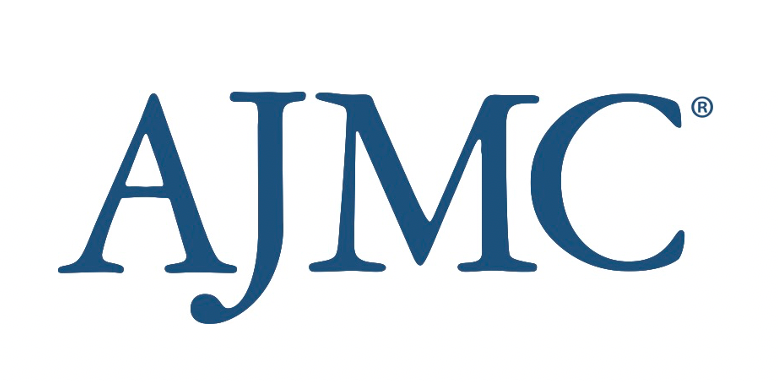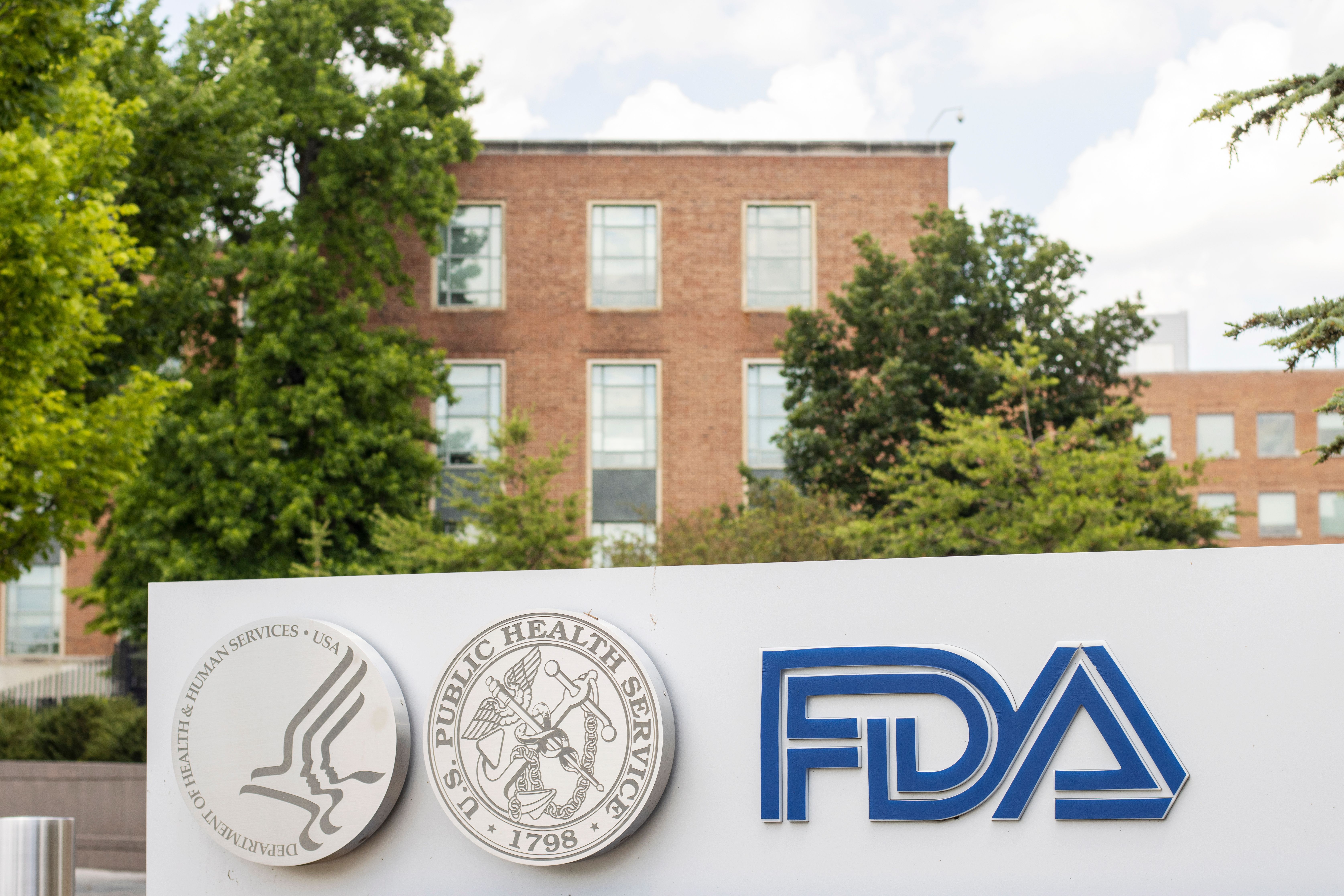News
Article
Mirikizumab Demonstrates Superior Maintenance Efficacy in UC Treatment
Author(s):
Mirikizumab showed superior maintenance efficacy over most treatments for ulcerative colitis (UC), according to a network meta-analysis comparing biologics and small molecules.
Mirikizumab demonstrated superior maintenance efficacy over most therapies used to treat ulcerative colitis (UC), according to a Bayesian network meta-analysis to compare the efficacy and safety of biologics and small molecules for treating moderately to severely active UC.1
The review, published in Advances in Therapy, was conducted to provide comparative efficacy and safety evidence for mirikizumab among currently approved biologic and small-molecule therapies for treating UC, in both induction and maintenance settings.
Mirikizumab-mrkz (Omvoh), a monoclonal antibody that inhibits interleukin-23p19, was approved by the FDA in 2023 for UC after showing superior efficacy compared with placebo in phase 3 trials. Image credit: sdecoret - stock.adobe.com

The FDA originally approved mirikizumab-mrkz (Omvoh), a monoclonal antibody that inhibits interleukin-23p19, in 2023 for UC after showing superior efficacy compared with placebo in phase 3 trials. In January 2024, the FDA expanded the drug’s indication list to include Crohn disease.2
However, studies comparing mirikizumab with other UC medications in the randomized clinical trial (RCT) setting are lacking, and the absence of these data leads international health care decision-makers and physicians to be reliant on indirect comparisons and network meta-analyses (NMAs) to inform treatment selection, funding, and resource allocation.1
The researchers used a systematic literature review following established guidelines, searching databases such as EMBASE, MEDLINE, and CENTRAL for RCTs evaluating treatments for adults with moderately to severely active ulcerative colitis UC.
After, an NMA was conducted, during which the authors analyzed efficacy outcomes separately for biologic/Janus kinase inhibitor (JAKi)-naïve and biologic/JAKi-experienced patients, and safety outcomes for the overall population. Only treatments approved by the FDA and European Medicines Agency treatments and regimens were included, with efficacy assessed at induction and maintenance time points. Statistical adjustments were made for differences in study design, and sensitivity analyses were conducted to refine the results.
The investigators identified 37 studies eligible for inclusion in the NMA after the screening process. The studies predominantly used placebo-controlled designs, with 1 head-to-head trial (VARSITY) comparing vedolizumab and adalimumab. Heterogeneity across the studies was noted, including differences in patient characteristics, endpoint definitions, and trial designs.
During the induction period, safety analysis showed that ozanimod, mirikizumab, ustekinumab, and upadacitinib had lower all-cause discontinuation rates than placebo, though the NMA demonstrated high uncertainty due to low discontinuation rates across studies. Only adalimumab showed a significant difference for serious adverse events.
In the biologic/JAKi-naïve population, efficacy across 10 treatments in 24 studies showed all interventions significantly improved clinical response, remission, and mucosal healing. Upadacitinib 45 mg had higher clinical response and remission rates than most treatments, except 5 mg infliximab. Infliximab and upadacitinib had the highest mucosal healing rates.
In the maintenance phase, all treatments showed significant improvements in clinical response and remission compared with placebo. Mirikizumab 200 mg had higher clinical response and remission rates than tumor necrosis factor inhibitors, vedolizumab, tofacitinib, ozanimod, and upadacitinib 15 mg. No significant differences were found for mucosal healing, but all treatments except ustekinumab showed improvements.
In the biologic/JAKi-experienced population, most interventions showed significant improvements, except adalimumab. Upadacitinib 45 mg had the highest clinical response and remission rates, and filgotinib 200 mg outperformed vedolizumab. For mucosal healing, upadacitinib 45 mg was superior to most treatments.
During maintenance, all treatments except ustekinumab 90 mg delivered every 12 weeks showed significant improvements. Upadacitinib 30 mg had higher clinical response and remission rates, with superior mucosal healing compared to other treatments.
Study limitations included varying definitions of outcomes, differing study designs, and inconsistencies in prior therapies and placebo rates.
The authors concluded, “Although these results should be interpreted with caution given the underlying areas of heterogeneity and uncertainty, which cannot be fully addressed in this disease area, the robustness of the evidence base, methodology and statistical analysis together suggest that this is one of the strongest NMAs in UC yet. In the absence of head-to-head studies for most active treatments, this study provides supportive evidence to inform decision-making in the treatment of patients with moderately-to-severely active UC.”
References
1. Dignass A, Ainsworth C, Hartz S, et al. Efficacy and safety of advanced therapies in moderately-to-severely active ulcerative colitis: a systematic review and network meta-analysis. Adv Ther. 2024;41:4446-4462. doi:10.1007/s12325-024-03003-8
2. Jeremias S. FDA Approves mirikizumab for Crohn disease. AJMC®. January 24, 2025. Accessed February 5, 2025. https://www.ajmc.com/view/fda-approves-mirikizumab-for-crohn-disease





